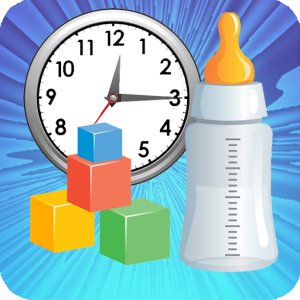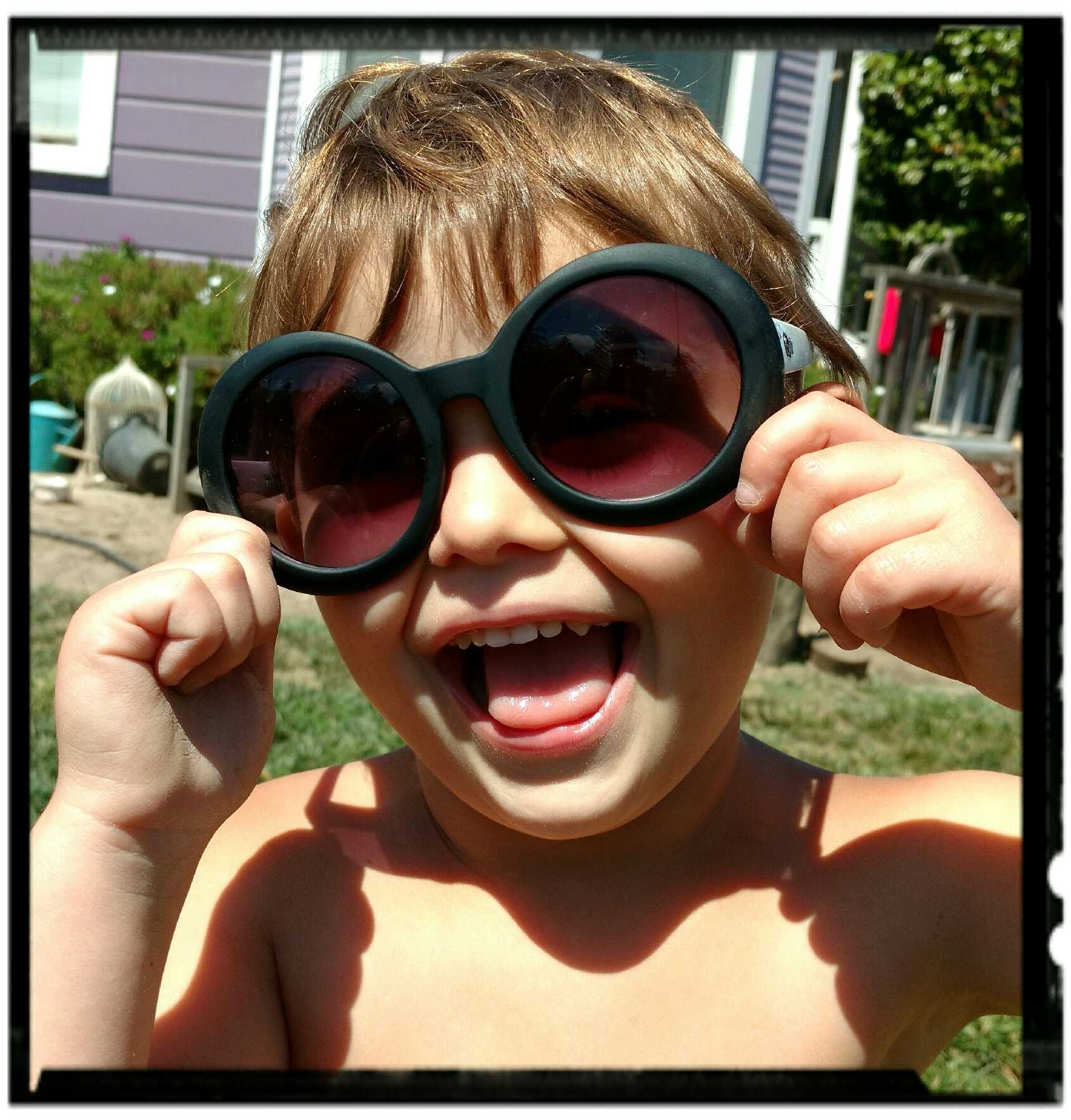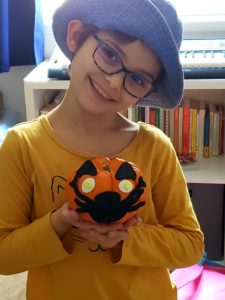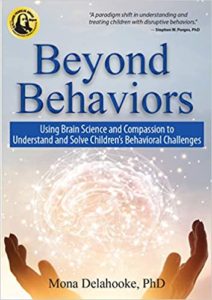
My child is three years old now, but has been having some health challenges which make it necessary to carefully track food intake, medication, diaper contents, sleep, mood, and activity, in order to share with health care professionals. Enter Baby Connect.
Rarely (Okay, never!) have I been as excited about an app as I am about this one, which is why I’m sharing. I would have loved to have known about this tool or have had it available to me when I was working as a nanny or an infant/toddler teacher, as I regularly kept written logs of each child’s day and critical information such as diaper changes, amount of milk and food consumed, sleep and wake times, etc., for parents. I often ask parents to keep simple logs for me when I’m doing consults, particularly when their concerns are around sleep. All of these little details of a baby’s day and routine are important in the early years, and give clues about a child’s overall health and growth. Often, it’s not so easy to accurately keep track of these details.
Baby Connect makes it a cinch to keep track of crucial information. I have been using it for about a week now, and I have to tell you, it beats pen and paper hands down. It is an easy to use, comprehensive tool. The app tracks and graphs changes over time, which is also helpful. It can be customized, easily shared with others, and used on multiple devices. It can record feedings, nursing, naps, diapers, milestones, pumping, baby’s mood, temperature, activities, and even gps location. If you have more than one child, or care for more than one child, the app can manage that. A web interface is also accessible for free, so a childcare provider doesn’t need a smart phone to view and enter information about the child, and I like that I can easily share information with my child’s health care provider via the web interface.
I also appreciate the diary feature, and that I can even take pictures from the app. With one click, I can accurately record the time and most important pieces of information as an event occurs, and then I can go back to record or fill in additional details later, so as not to take time away from being present for my child. Take a look at the video below for a demonstration. Honestly, it’s the best $4.99 I have ever spent. I just wish I had known about it sooner.
Note: The link provided is an Affiliate Link from Amazon, which means if you choose to purchase through this link, I receive a small percentage of the sale, which helps to me to defray the cost of maintaining this blog.




